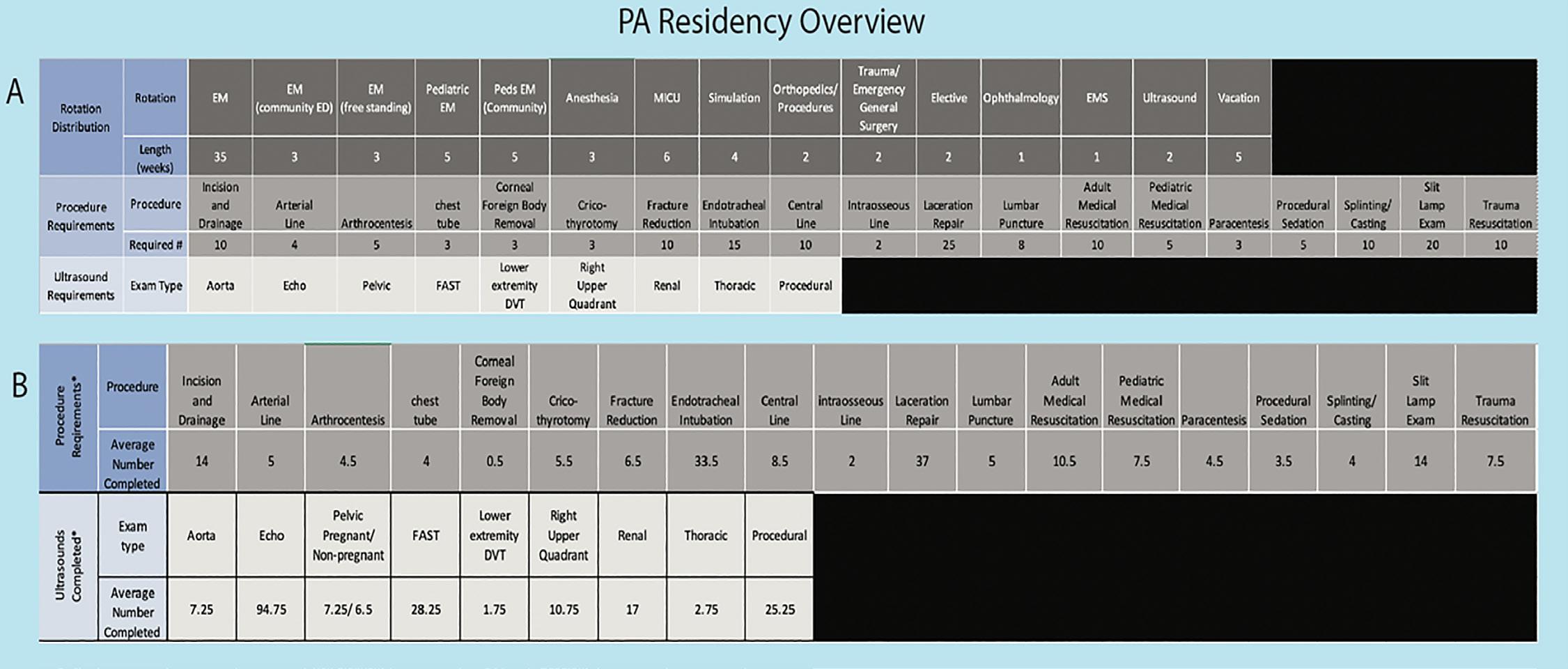An Active Learning Curriculum for Head CT Interpretation CONCLUSION Our active learning head CT curriculum using Pascbin led to greater diagnostic accuracy when compared to a typical passive learning strategy. We achieved this superior outcome while maintaining resource neutrality in terms of time and access to instruction. We believe this study adds to the landscape of active learning literature by demonstrating an effective way to strengthen radiology curricula in EM residency programs.
Aliaga et al. by emergency physicians. Ann Emerg Med. 1997;30(5):616-21. 9. Perron AD, Huff JS, Ullrich CG, et al. A multicenter study to improve emergency medicine residents’ recognition of intracranial emergencies on computed tomography. Ann Emerg Med. 1998;32(5):554-62. 10. Jamal K, Mandel L, Jamal L, et al. “Out of hours” adult CT head interpretation by senior emergency department staff following an intensive teaching session: A prospective blinded pilot study of 405 patients. Emerg Med J. 2014;31(6):467-70. 11. Minkowitz S, Leeman K, Giambrone AE, et al. Emergency radiology “boot camp”: educating emergency medicine residents using e-learning radiology modules. AEM Educ Train. 2017;1(1):43-7.
Address for Correspondence: Leonardo Aliaga, MD, Stanford University, Department of Emergency Medicine, 900 Welch Road, Suite 350, Palo Alto, CA 94304. Email: aliagal@stanford.edu. Conflicts of Interest: By the WestJEM article submission agreement, all authors are required to disclose all affiliations, funding sources and financial or management relationships that could be perceived as potential sources of bias. No author has professional or financial relationships with any companies that are relevant to this study. There are no conflicts of interest or sources of funding to declare. Copyright: © 2022 Aliaga et al. This is an open access article distributed in accordance with the terms of the Creative Commons Attribution (CC BY 4.0) License. See: http://creativecommons.org/ licenses/by/4.0/
12. Pourmand A, Woodward C, Shokoohi H, et al. Impact of asynchronous training on radiology learning curve among emergency medicine residents and clerkship students. Perm J. 2018;22:1-5. 13. Gaddam DS, Awan OA. Back to the future: shortcomings of an archaic model for radiology lectures. RadioGraphics. 2020;40(4):1196-7. 14. Winter RO, Picciano A, Birnberg B, et al. Resident knowledge acquisition during a block conference series. Fam Med. 2007;39(7):498-503. 15. Freeman S, Eddy SL, McDonough M, et al. Active learning increases student performance in science, engineering, and mathematics. Proc Natl Acad Sci U S A. 2014;111(23):8410-5. 16. Deslauriers L, McCarty LS, Miller K, et al. Measuring actual learning versus feeling of learning in response to being actively engaged in the classroom. Proc Natl Acad Sci U S A. 2019;116(39):19251-7. 17. Ozuah PO, Curtis J, Stein REK. Impact of problem-based learning on residents’ self-directed learning. Arch Pediatr Adolesc Med.
REFERENCES 1. Alfaro D, Levitt MA, English DK, et al. Accuracy of interpretation
2001;155(6):669-72. 18. Thomas KG, Thomas MR, York EB, et al. Teaching evidence-
of cranial computed tomography scans in an emergency medicine
based medicine to internal medicine residents: the efficacy of
residency program. Ann Emerg Med. 1995;25(2):169-74.
conferences versus small-group discussion. Teach Learn Med.
2. Evans LR, Fitzgerald MC, Mitra B, et al. Emergency department interpretation of CT of the brain: a systematic review. Postgrad Med J.
2005;17(2):130-5. 19. Graffam B. Active learning in medical education: strategies for
2017;93(1102):454-9. 3. Arendts G, Manovel A, Chai A. Cranial CT interpretation by senior
beginning implementation. Med Teach. 2007;29(1):38-42. 20. Shellenberger S, Seale JP, Harris DL, et al. Applying team-based
emergency department staff. Australas Radiol. 2003;47(4):368-74.
learning in primary care residency programs to increase patient alcohol
4. Mucci B, Brett C, Huntley LS, et al. Cranial computed tomography
screenings and brief interventions. Acad Med. 2009;84(3):340-6.
in trauma: the accuracy of interpretation by staff in the emergency
21. Batalden MK, Warm EJ, Logio LS. Beyond a curricular design of
department. Emerg Med J. 2005;22(8):538-40.
convenience: replacing the noon conference with an academic
5. Khoo NC, Duffy M. “Out of hours” non-contrast head CT scan
half day in three internal medicine residency programs. Acad Med.
interpretation by senior emergency department medical staff. EMA Emerg Med Australas. 2007;19(2):122-8.
2013;88(5):644-51. 22. Wolff M, Wagner MJ, Poznanski S, et al. Not another boring lecture:
6. Boyle A, Staniciu D, Lewis S, et al. Can middle grade and consultant
engaging learners with active learning techniques. J Emerg Med.
emergency physicians accurately interpret computed tomography scans performed for head trauma? Cross-sectional study. Emerg Med
2015;48(1):85-93. 23. Sawatsky AP, Zickmund SL, Berlacher K, et al. Understanding the
J. 2009;26(8):583-5.
challenges to facilitating active learning in the resident conferences: A
7. Gallagher FA, Tay KY, Vowler SL, et al. Comparing the accuracy
qualitative study of internal medicine faculty and resident perspectives.
of initial head CT reporting by radiologists, radiology trainees, neuroradiographers and emergency doctors. Br J Radiol.
Med Educ Online. 2015;20(1):27289. 24. Kim AM, Speed CJ, Macaulay JO. Barriers and strategies:
2011;84(1007):1040-5.
implementing active learning in biomedical science lectures. Biochem
8. Levitt MA, Dawkins R, Williams V, et al. Abbreviated educational session improves cranial computed tomography scan interpretations
Western Journal of Emergency Medicine
Mol Biol Educ. 2019;47(1):29-40. 25. Hostetter J, Khanna N, Mandell JC. Integration of a zero-footprint
50
Volume 23, no. 1: January 2022













